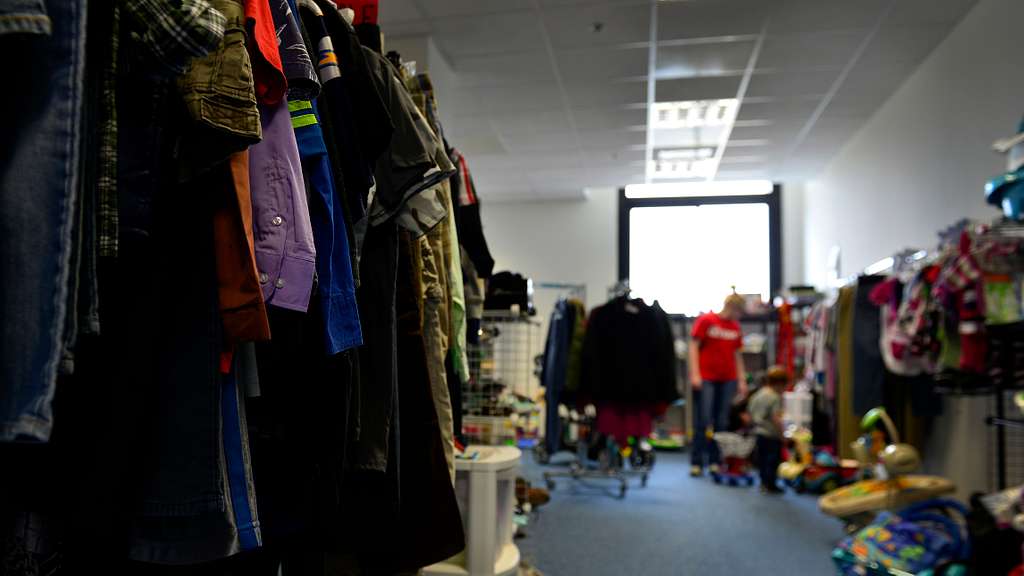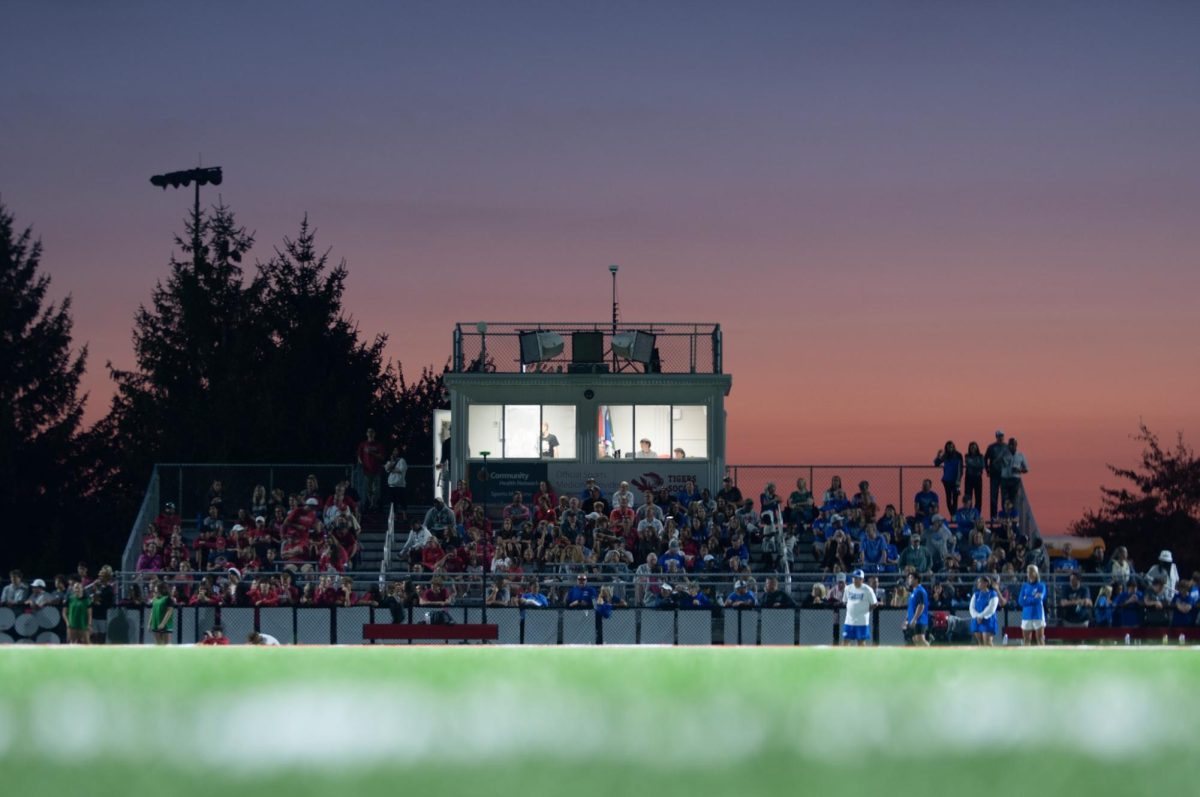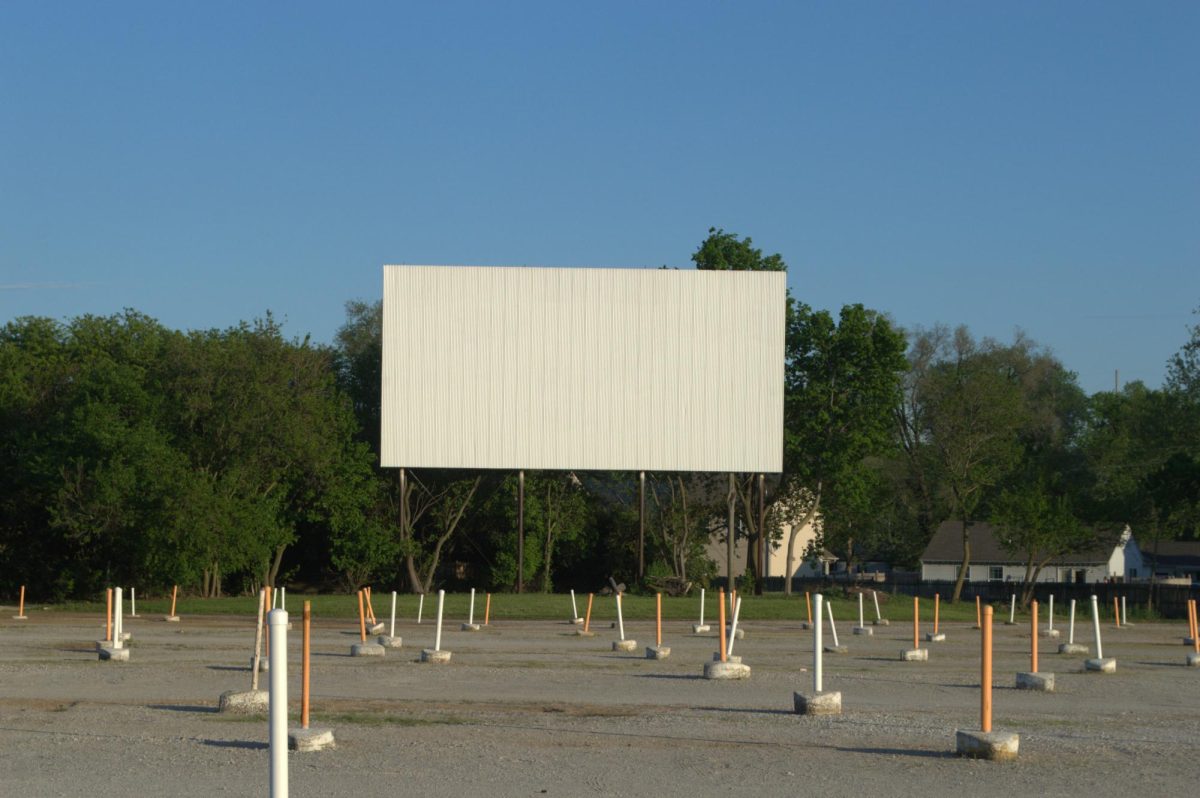Across the nation, people set their clocks an hour forward in response to daylight saving time (DST) over the weekend. In the United States, DST began March 11 and will end Nov. 4.
Despite its controversial history, according to National Geographic, DST turned 100 this year in the United States. However, not everyone in the United States has followed it all this time.
Back in 1918, DST was put into place to help with World War I. DST was intended to help save coal. The idea was that since there would be daylight later in the day, people would not need to use as much coal. In return, the saved coal fueled the ships the soldiers rode during World War I.
However, WebExhibits, a virtual museum, states that it was discontinued the following year due to its unpopularity. While it was no longer required a few states and cities decided to continue using it.
After several other attempts to get the nation to unify under daylight saving time, Congress resolved to end the confusion. They signed the Uniform Time Act in 1966, requiring states to either unanimously adopt DST or end it, as stated by the United State Government Publishing Office.
While the majority of the states decided to keep DST over the years, a Rasmussen Reports national telephone survey reported that 40 percent of Americans believe DST is not worth the hassle.
“At this point, I don’t think with the modern society we have there is a point for daylight saving and [anyways], it is more confusing than it is helpful at this point,” history teacher Matthew Follman said.
The National Bureau of Economic Research found that in many cases dependent upon the location and time of the year, there was a slight increase in energy consumption during periods in which DST was observed.
“What happens is people have a harder time getting up in the morning and there will be less productivity earlier in the day,” Follman said. “Although, we do see some increased productivity towards the end of the day due to it being lighter [outside].”
TimeAndDate, a website dedicated to educating people an all things time-related stated that some other benefits include consumers shopping later in the day, less crime in the Spring and fewer car accidents.
In the end, it will be up to the states to determine the path they want to take in regards to daylight saving time.
















